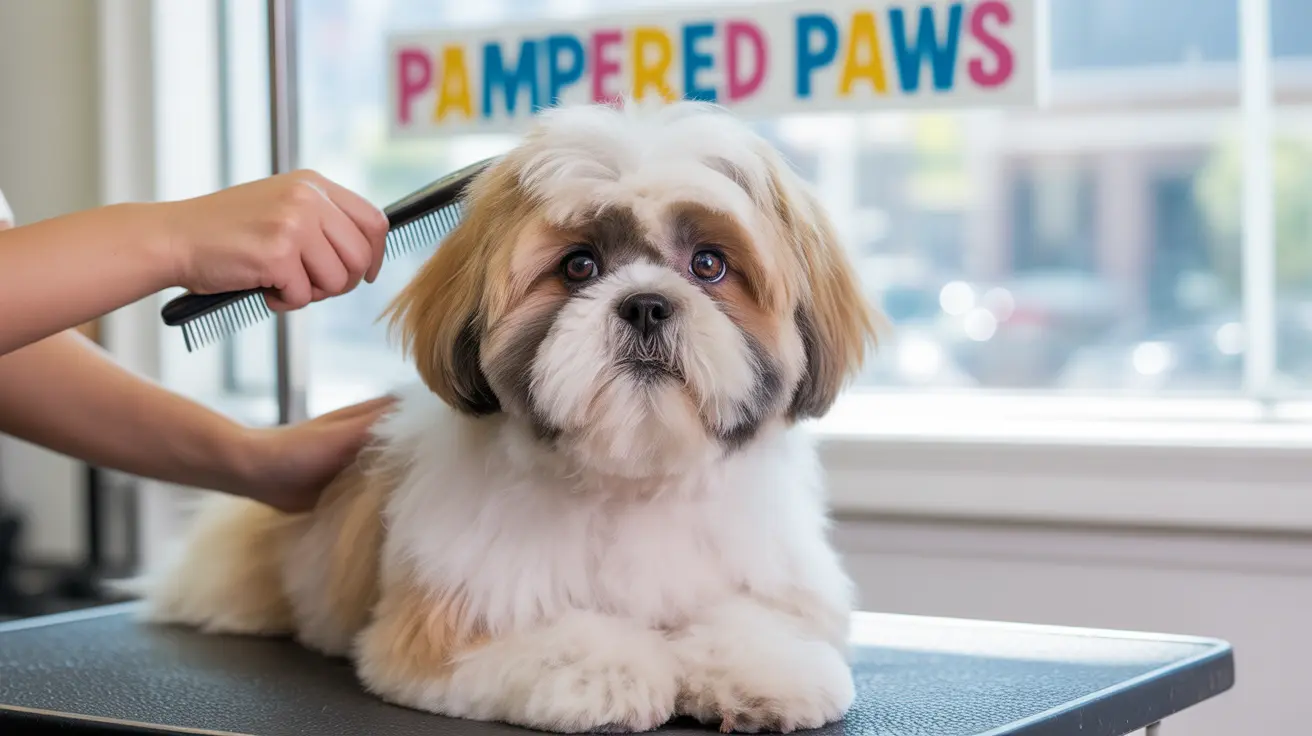Understanding Dog Dewclaws: Function, Anatomy, and Care
Dog owners often notice an extra toe-like structure on their pet's leg, set apart from the main cluster of toes. This is called a dewclaw. Let's explore what dewclaws are, why they exist, and how to care for them.
What Exactly Are Dewclaws?
Dewclaws are vestigial digits found on the legs of many dogs. Most commonly, you'll see them on the inside of the front legs, just above the paw. Some breeds also have them on their back legs—sometimes even in pairs.
- Front dewclaws: Present in nearly all dogs; these are attached by bone and tendon.
- Rear dewclaws: Less common; may be loosely attached or just skin and tissue.
Their location means they rarely touch the ground during normal walking or running. Because of this, they're often overlooked until a grooming session or vet visit brings them into focus.
The Purpose of Dewclaws
Dewclaws are thought to be evolutionary remnants. In wild canines, these digits may have helped with gripping prey or climbing over rough terrain. In modern domestic dogs, their function is less critical but not entirely obsolete.
- Some working breeds use their dewclaws for traction when running at high speeds or making sharp turns.
- Certain dogs use them to hold bones or toys while chewing—almost like a thumb.
Despite their reduced role today, dewclaws can still serve practical purposes depending on a dog's lifestyle and activity level.
Anatomy of Dewclaws
A typical dog paw has four main toes that bear weight. The dewclaw sits higher up and doesn't usually make contact with the ground. On the front legs, it's often connected by bone (phalange) and has nerves and blood supply similar to other toes. Rear dewclaws vary: some are bony and well-attached; others dangle loosely with minimal connection.
- If you gently feel your dog's front leg above the paw, you'll notice a small nail growing from a nub—the dewclaw.
Dewclaw Removal: Pros and Cons
Some breeders or veterinarians remove dewclaws shortly after birth, especially if they're loosely attached or prone to injury. However, this practice is debated among experts:
- Pros: Prevents accidental tearing (which can be painful), especially in active dogs or those involved in field work.
- Cons: Removal is a surgical procedure with risks; some argue that well-attached front dewclaws serve useful functions and shouldn't be removed unnecessarily.
If your dog was born with dewclaws intact, consult your veterinarian about whether removal is appropriate based on breed and lifestyle.
Caring for Dewclaws
Dewclaw nails grow just like other claws but don't wear down naturally since they're not used for walking. That means they need regular trimming—otherwise they can curl back into the skin or snag on objects (ouch!).
- Check your dog's dewclaw every few weeks during nail trims.
- If it's getting long or sharp, trim it carefully using proper nail clippers for pets.
If you're unsure how to trim safely, ask your vet or groomer for guidance. Keeping these nails short helps prevent injuries and discomfort for your dog.
Dewclaw Injuries: What To Watch For
Dewclaws can catch on carpeting, brush, or other obstacles—especially if they're overgrown. Signs of injury include limping, licking at the area, swelling, bleeding, or visible damage to the nail. If you notice any of these symptoms:
- Clean minor wounds gently with warm water.
- If bleeding doesn't stop quickly or there's significant pain/swelling, see your veterinarian promptly.
Breeed Differences: Who Has Dewclaws?
Most dogs have front-leg dewclaws by default. Some breeds—like Great Pyrenees or Briards—are known for having double rear dewclaws as part of their breed standard. Others may lack rear dewclaws entirely due to genetics or removal at an early age.
- If you're curious about your dog's breed standards regarding dewclaws (especially if you plan to show), check with reputable breed organizations for guidance.
The Bottom Line
Dewclaws might seem like an odd feature at first glance but they're a natural part of canine anatomy. With basic care—mainly regular trimming—they rarely cause problems. If you ever have concerns about your dog's dewcla ws (such as injury risk or abnormal growth), don't hesitate to consult your veterinarian for advice tailored to your pet's needs.





